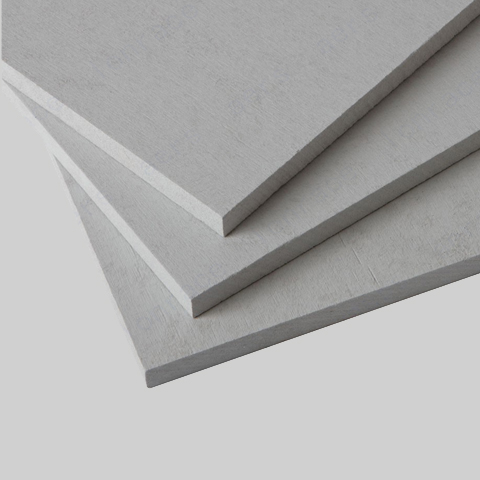Views: 15 Author: Site Editor Publish Time: 2024-07-11 Origin: Site


There are some differences in the use of calcium silicate board and cement board, mainly reflected in their application scenarios, performance characteristics, and specific usage methods.
The use of calcium silicate board
Calcium silicate board is a board made of loose short fibers such as inorganic mineral fibers or cellulose fibers as reinforcing materials, with silicon calcium materials as the main bonding material. It is processed by pulping, forming, and accelerating the curing reaction in high temperature and high pressure saturated steam to form calcium silicate cementitious material. Its main uses include:
Wall insulation: Calcium silicate board can provide insulation and can replace traditional insulation materials such as glass wool and rock wool.
Interior and exterior wall decoration: The surface of calcium silicate board can be treated with various finishing treatments, such as coatings, tiles, cultural stones, etc., suitable for interior and exterior wall decoration.
Ceiling: Calcium silicate board can be used as the substrate for ceilings and can be hung on suspended components, with good decorative and functional properties.
Ground: Calcium silicate board can be used as a base material for platforms and floors, and can cover wooden floors, carpets, etc., providing stable support and decorative effects.
Other: Calcium silicate board can also be used to manufacture door and window frames, furniture, kitchen and bathroom partitions, etc., with a wide range of applications.
In addition, calcium silicate board is particularly suitable for high-temperature environments and occasions requiring high durability due to its fire resistance, high temperature resistance, adjustable density, and strength proportional to the thickness of the board. It is also widely used in the fields of suspended ceilings and partitions in industrial and commercial engineering buildings, home decoration, advertising board lining, warehouse shed boards, network flooring, and wall panels in indoor engineering such as tunnels.
The purpose of cement board
Cement board is a board made mainly of cement as the raw material, and its main uses include:
Exterior walls of buildings: Cement boards have excellent waterproof, fireproof, and moisture-proof properties, and are therefore commonly used for insulation, thermal insulation, and decoration of exterior walls of buildings.
Partition wall: Cement board can achieve sound insulation and heat insulation through suspended ceilings, partitions, and other methods. It can also be used in places that are prone to moisture, such as kitchens and bathrooms.
Roof waterproofing: Cement boards have excellent waterproofing properties and are widely used for waterproofing and insulation of roofs.
Road paving: Cement boards can be made into different specifications of road paving materials, suitable for some places such as sidewalks, squares, parking lots, etc.
Cement board plays an important role in the construction industry due to its compact and sturdy structure, good compressive performance, good waterproof performance, good fire resistance, and good sound insulation performance.
The main differences between the two
Application scenarios: Calcium silicate board is more focused on indoor decoration and thermal insulation, while cement board is widely used in various aspects such as building exterior walls, partitions, roof waterproofing, and road paving.
Performance characteristics: Calcium silicate board has the characteristics of fire resistance, high temperature resistance, adjustable density, and strength proportional to board thickness, while cement board is known for its waterproof, fireproof, moisture-proof, and compressive properties.
Usage: Calcium silicate board is commonly used in indoor decoration fields such as ceilings, partitions, and flooring, while cement board is more commonly used in outdoor or load-bearing parts such as building exterior walls, roofs, and pavements.
In summary, calcium silicate board and cement board have their own specific uses, and the specific selection should be determined based on actual needs and scenarios.